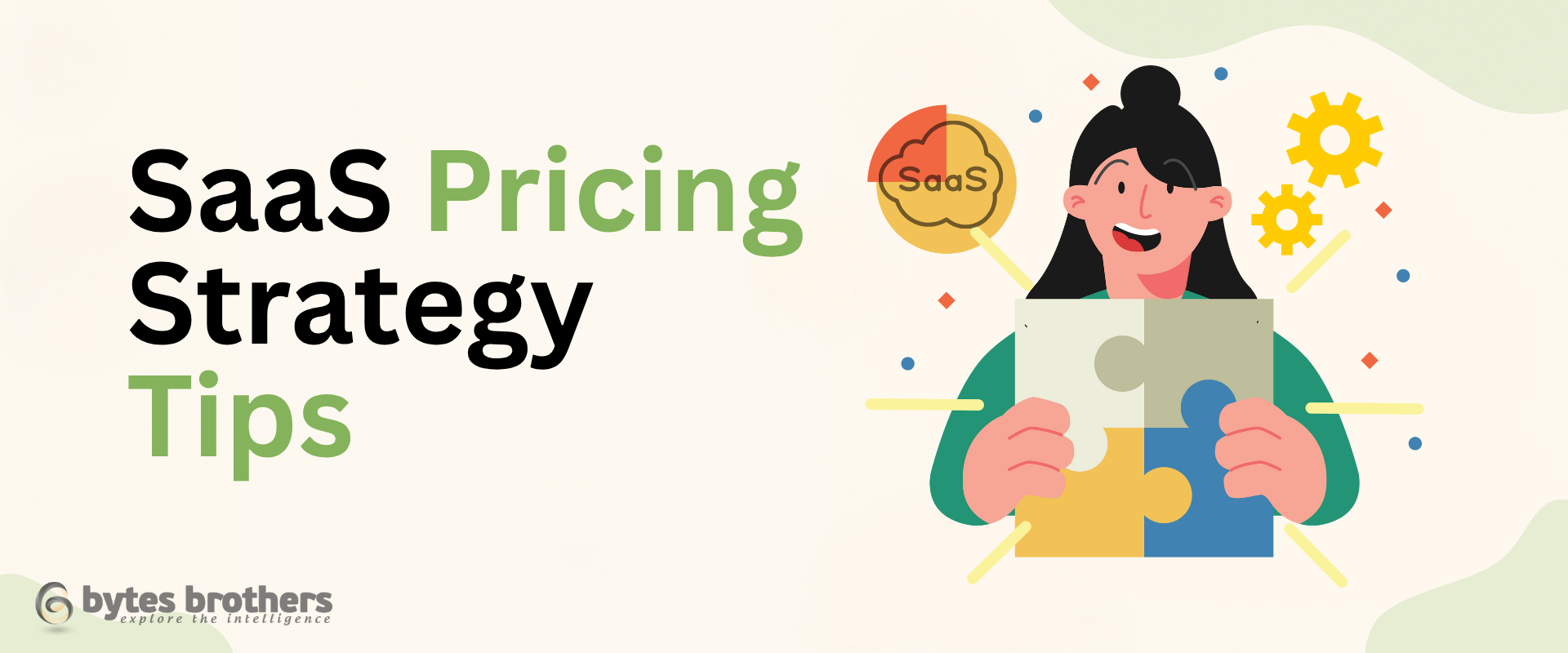SaaS Pricing Strategy Tips from a Developer’s Perspective

Pricing isn’t just a marketing decision-it’s a product decision. Especially in SaaS, your SaaS pricing strategy shapes everything from code architecture to user experience.
Key Takeaways
- Pricing must align with your SaaS business model and product architecture
- Tiered plans work best when tied to scalable infrastructure and feature sets
- Usage-based pricing demands accurate metering and real-time analytics
- Your SaaS pricing strategy should evolve with customer behavior and usage patterns
- Developers play a critical role in enabling flexibility, billing, and enforcement
Why Developers Must Be Involved in SaaS Pricing
While founders and marketers lead pricing strategy, developers must implement and support it-through product design, billing systems, API rate limiting, and more.
Example: If you’re charging per API call, you need accurate metering, throttling, and real-time dashboards. This affects the backend stack and architecture choices.
Pricing Models and Their Technical Implications
1. Flat Rate Pricing
Overview: One price, one product. Simple for the customer-and for the backend.
Technical Simplicity:
-
- Straightforward Stripe or Paddle integration
- Minimal role-based access control (RBAC) logic
- Static plan enforcement
When to Use:
-
-
- Early-stage MVPs
- Niche products with narrow use cases
-
2. Tiered Pricing (Most Common)
Overview: Multiple pricing tiers with escalating features or limits.
Developer Considerations:
-
- Feature flags based on plan level
- Role and permissions handling
- Plan change workflows and data retention logic
Example:
A CRM platform offers:
-
-
-
- Free (up to 500 contacts)
- Pro (up to 10,000)
- Enterprise (custom volume)
-
-
This requires dynamic user quotas and scalable SaaS business model enforcement in code.
3. Usage-Based or Metered Pricing
Overview: Customers pay based on actual usage (e.g., API calls, storage, messages sent).
Engineering Must-Haves:
-
- Real-time metering (tools: Prometheus, Datadog, Segment)
- Billing triggers (Stripe Metered Billing, Chargebee Events)
- Dashboard visibility for transparency
Use Case:
Twilio’s pay-per-SMS model requires ultra-reliable and verifiable tracking per action.
4. Freemium + Expansion
Overview: A free plan entices users to upgrade once they hit limits.
Challenges for Developers:
-
- Soft and hard usage limits (e.g., alert at 80%, block at 100%)
- In-app upsell triggers (modals, banners, usage bars)
- Upgrade/downgrade safety (ensure no data loss)
Tip: Use Laravel Cashier or Paddle SDK for smart handling of plan transitions.
Step-by-Step: Architecting for Flexible Pricing
Step 1: Define Plan Architecture in Code
Model your pricing tiers and usage metrics in your database. Use tables like:
plans
features
subscriptions
usage_metrics
Step 2: Implement Plan Enforcement Logic
Add middleware to check limits before key actions (e.g., sending an email, generating a report).
if ($user->subscription()->hasReached(‘report_limit’)) {
return redirect()->route(‘upgrade’);
}
Step 3: Integrate Billing + Notifications
Use Stripe Billing or Paddle with webhook events like:
invoice.paid
subscription.updated
customer.subscription.deleted
Trigger relevant notifications and in-app alerts using Laravel Notifications or Node.js with Socket.IO.
SaaS Pricing Strategy Lessons from Real Products
Slack
- Freemium entry point
- Pay-per-user scaling
- Limits on integrations in free tier
Developer Insight: Requires tracking per-user usage and workspace-level entitlements.
Notion
-
- Personal plan is free
- Paid tiers unlock team collaboration and admin controls
Developer Insight: RBAC and access control logic tied closely to plan type.
Common Developer Mistakes in Pricing Systems
-
- Hardcoding pricing values: Makes it painful to update later
- Lack of real-time usage tracking: Delays in billing accuracy
- Tight coupling of plans to code: Slows down business agility
- Inflexible plan management UI: Makes customer upgrades painful
Fix: Abstract plan logic via centralized plan management modules, and expose it via admin dashboard for business teams.
Aligning Pricing with Business and Code
Pricing changes are inevitable. Build your pricing infrastructure with the flexibility to:
- Change tiers
- Launch promotions
- Localize pricing
- Offer discounts and trials
You’ll need clean separation between pricing logic, entitlement enforcement, and billing integrations.
Final Thoughts: Think Like a Developer, Price Like a Founder
Your SaaS pricing strategy should be a conversation between tech and business. By structuring your product to support pricing flexibility, you set yourself up for growth—without tech debt bottlenecks.
Bytes Brothers specializes in building scalable SaaS platforms with monetization in mind from day one. Learn more about our SaaS MVP Development Services to future-proof your platform.
Ready to Launch or Reprice Your SaaS?
Book a Free Pricing Architecture Consultation
We’ll walk you through the technical infrastructure required to support your current and future pricing plans—customized for your SaaS stack.